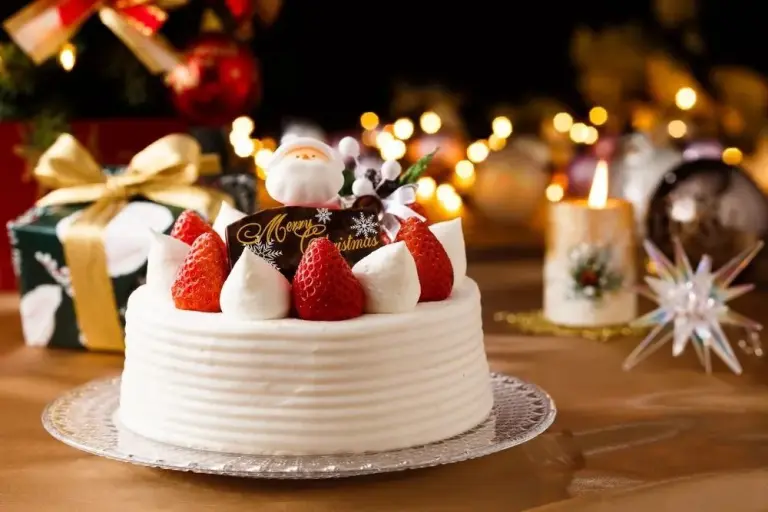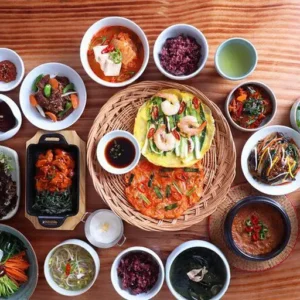The Kingdom of Bhutan is widely recognized for its rich and distinctive cultural heritage. One of the most remarkable aspects that sets Bhutan apart from many other developing nations is the enduring presence of its traditional clothing, which is deeply woven into daily life.
Bhutan’s national dress for men and women, which dates back to around the 17th century, reflects a unique identity and cultural pride. Wearing traditional attire is not just a choice here — it is a legal requirement for Bhutanese citizens, aimed at promoting and preserving the country’s heritage. This practice strengthens a sense of community and connection to ancestral roots, ensuring that national traditions remain vibrant across generations.
>> Traveling to Bhutan: What you need to know
The Dress Code in Bhutan
The official dress code, known as Driglam Namzha, sets the standards for how people should dress, especially at important public gatherings and formal occasions. These guidelines are followed nationwide, fostering a shared sense of national identity and cultural unity among Bhutanese citizens.
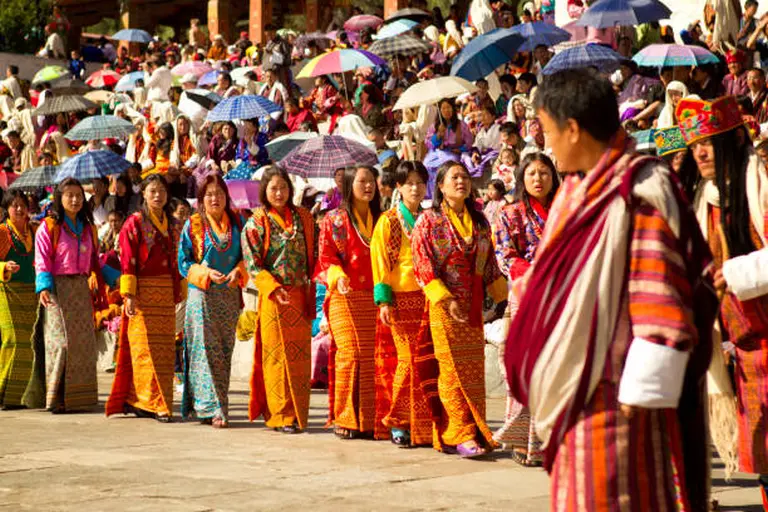
Main Types of Traditional Bhutanese Attire
Gho – The National Dress for Men
Men in Bhutan wear the Gho, a knee-length robe wrapped around the body and secured with a belt. Its upper folds create a pouch-like space that can conveniently store various items — even modern-day essentials like a mobile phone. The Gho is most commonly worn during official ceremonies, festivals, and formal events.

>> What to know before visiting Bhutan – Dos & Don’ts
Kera – The Traditional Belt
The Kera is a handwoven fabric belt used to fasten traditional garments. It adds both functionality and style, often featuring bright colors, intricate patterns, and varying designs. Kera is worn by both men and women and is a common accessory across Bhutan.
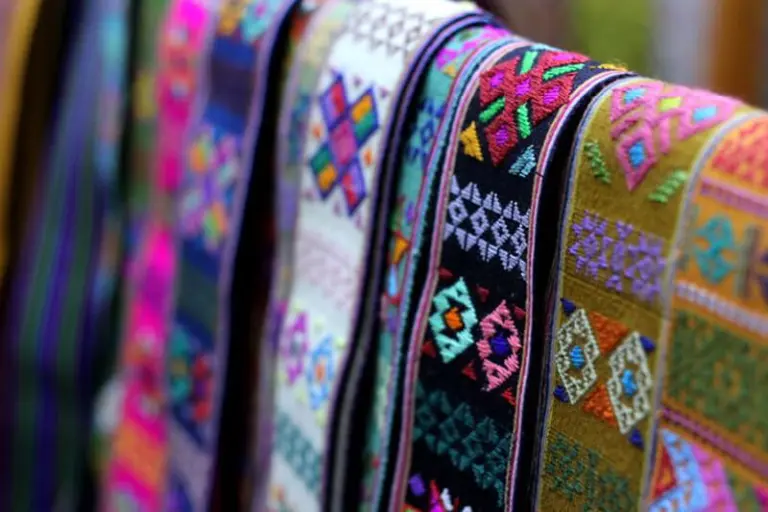
Kira – The National Dress for Women
Women in Bhutan wear the Kira, a full-length dress reaching the ankles. Woven from soft, breathable fabrics, it offers comfort while maintaining elegance. Most Kira are handwoven and feature vibrant colors with delicate patterns, often reserved for festivals, religious occasions, and other important events.
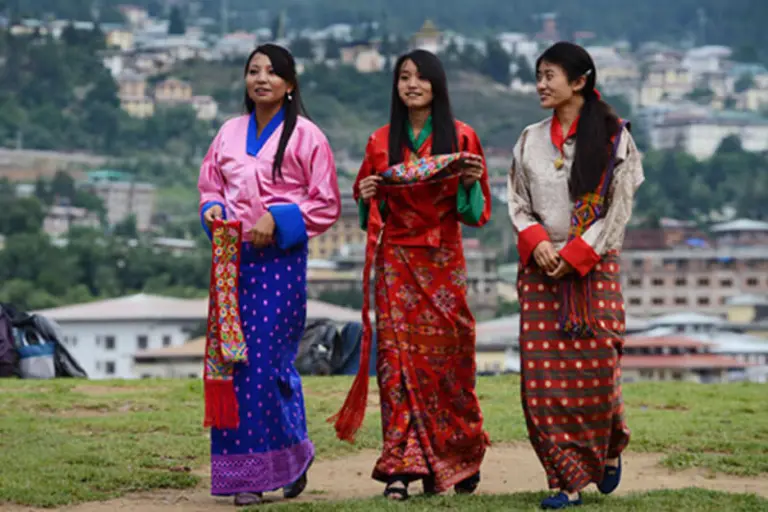
>> Top 6 highly-rated hotels in Bhutan you shouldn’t miss
Toego – The Short Jacket
The Toego is a short, fitted jacket worn over the Kira. It usually features bold, contrasting colors and distinctive patterns that complement the skirt beneath. The striking appearance of a Kira paired with a colorful Toego is a common and beautiful sight throughout Bhutan.
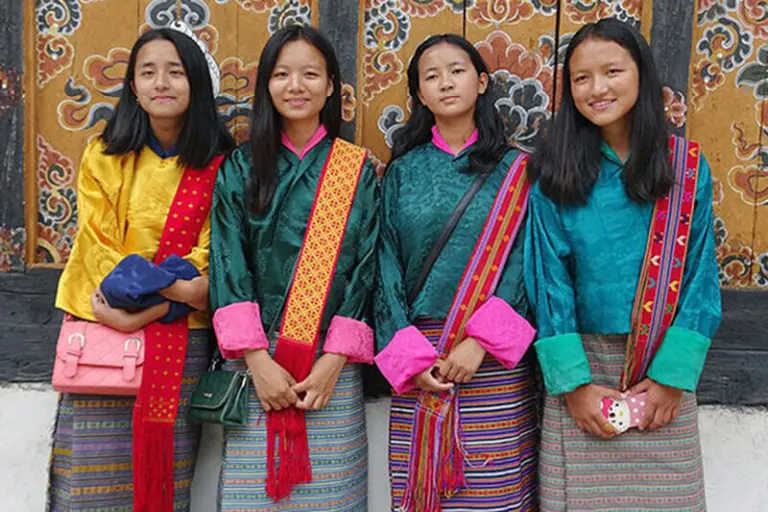
Wonju – The Undershirt
The Wonju is a long-sleeved blouse, often made from cotton or silk, worn underneath the Kira. It adds layering and comfort, while also allowing for creative color combinations with the Toego.

>> Signature Dishes of Bhutanese Cuisine
Rachu – The Women’s Shawl
A Rachu is a narrow, decorative shawl worn by women as a mark of respect, particularly during religious ceremonies, temple visits, or important public events. It is typically draped over the left shoulder and comes in bright colors — most commonly red — with intricate patterns.
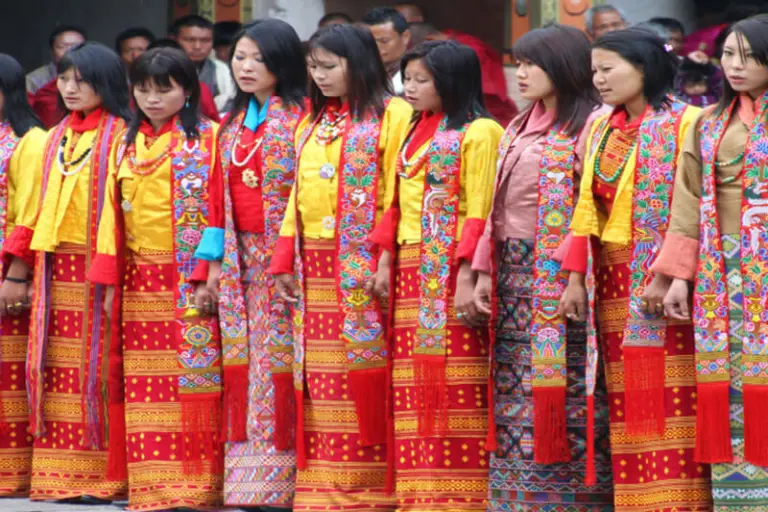
Khata – The Ceremonial Scarf
Used widely across Tibetan Buddhist cultures, the Khata holds deep spiritual significance in Bhutan. Whether it’s a celebration, a welcome gesture, or a funeral, the Khata plays a symbolic role. Usually made from silk, it is most often white or yellow.
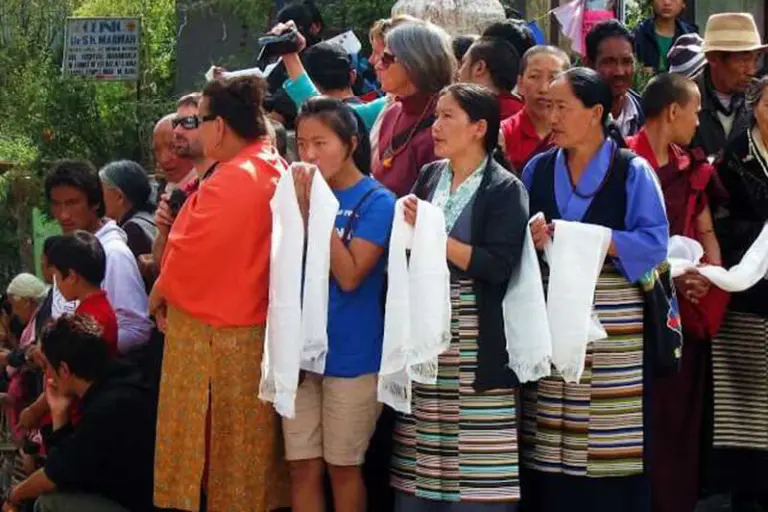
>> Bhutan weather – The best time to visit the land of the Thunder Dragon
Kabney – The Men’s Scarf of Rank
For men, the Kabney is an essential part of traditional attire, worn draped over the shoulder. Its color signifies the wearer’s social status or official position. For instance, the King wears a yellow Kabney, high court judges wear green, regional leaders wear red with white stripes, and ordinary citizens wear white. These color codes are strictly observed at official gatherings.
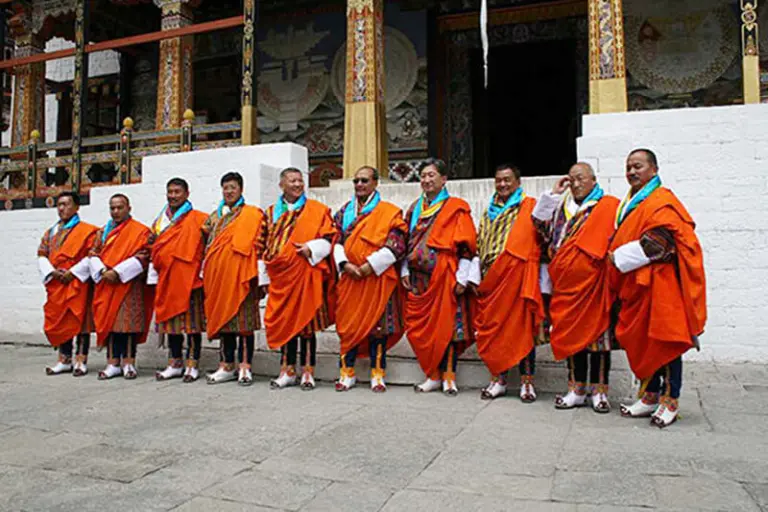
Because men have fewer variations in dress compared to women — with most wearing the standard Gho — the Kabney serves as a clear indicator of their societal role.
Bhutan has skillfully preserved its unique identity through traditional attire, making it a living symbol of cultural pride. Understanding these garments is not just a lesson in fashion but also a deeper insight into the nation’s values. For travelers, embracing Bhutan’s clothing traditions is a memorable way to connect with its people and heritage — and to truly appreciate the artistry and devotion that have kept these customs alive for centuries.


